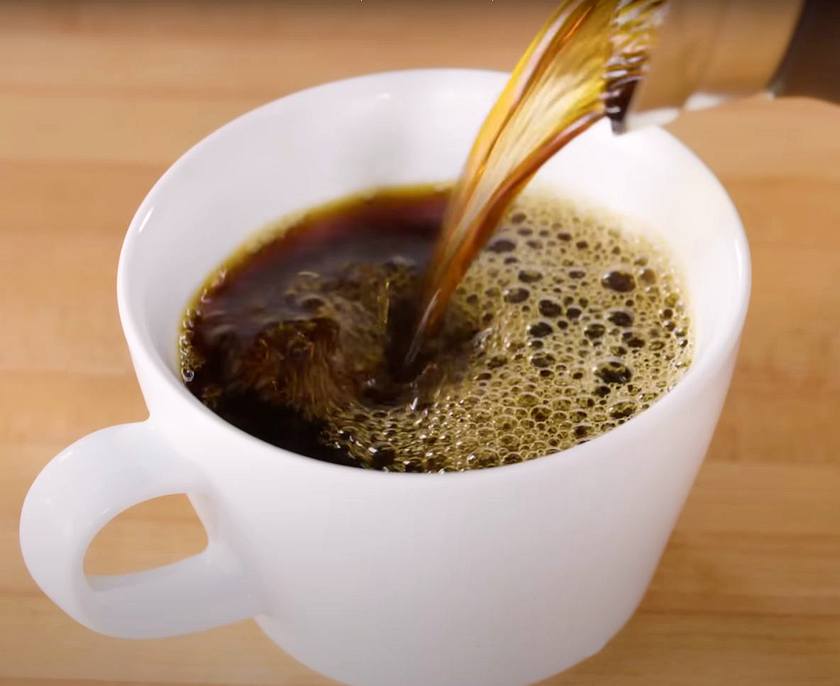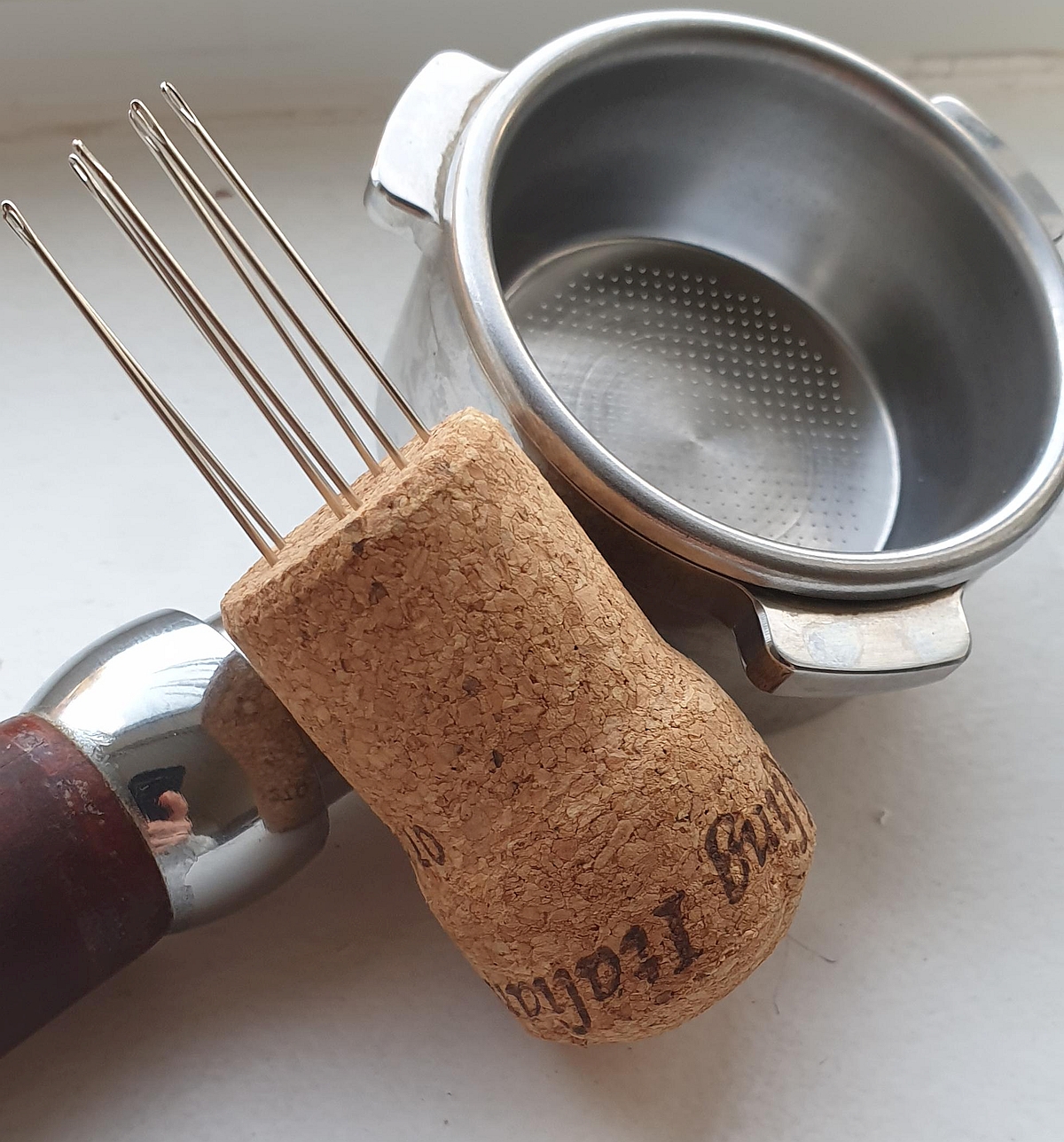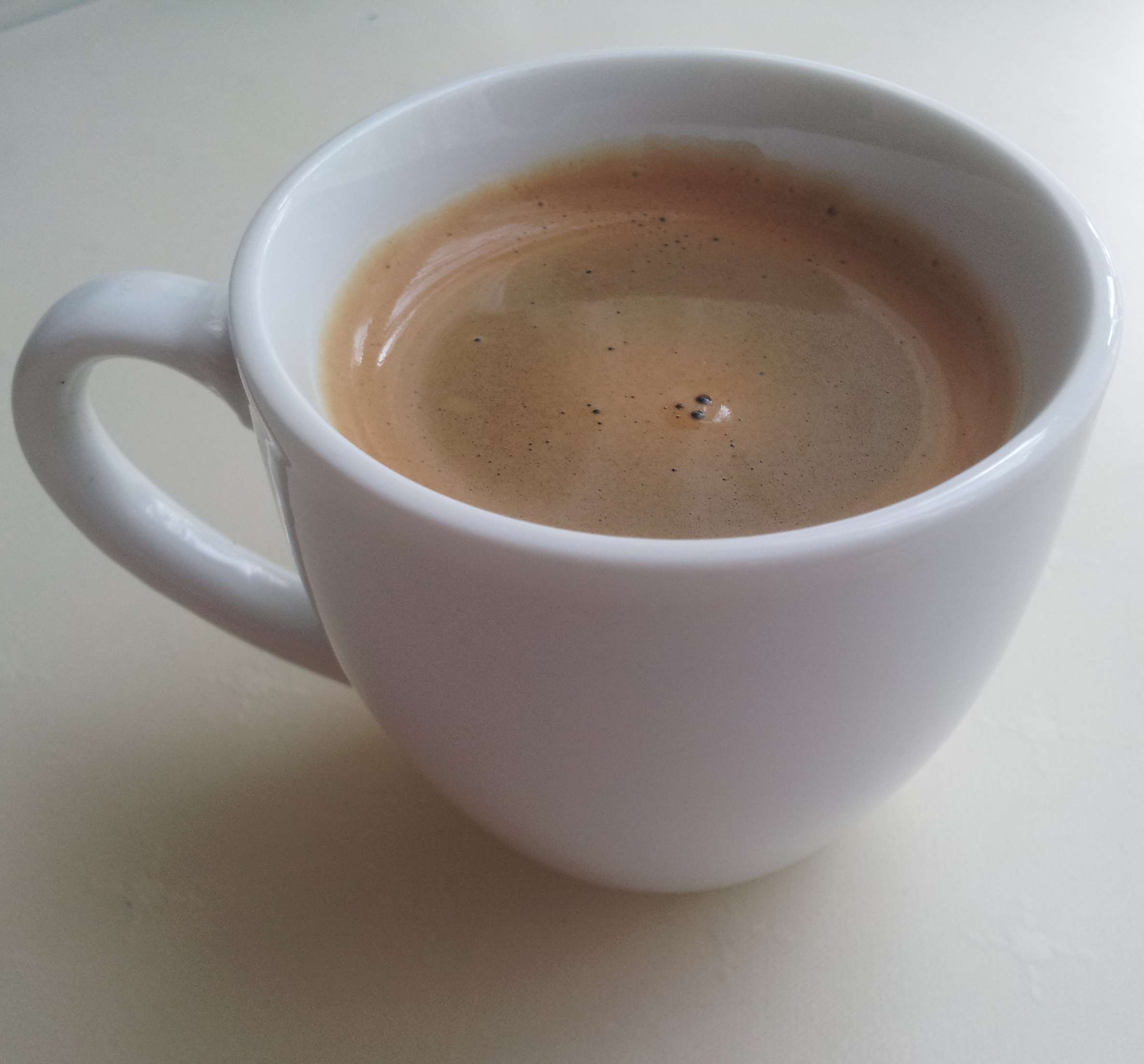
What is Drip Coffee?
Drip coffee is a type of coffee made by a machine that passes hot water through freshly ground beans to create a cup of joe. It's one of the most common ways to make coffee, and it's also one of the most popular. Drip coffee makers are easy to use, and they can produce consistently good results. The key to making great drip coffee lies in the quality of the ingredients used. Coffee beans should be fresh, high-quality, and properly ground for best results. The grind size should be appropriate for the type of filter used in your machine - if you're using a paper filter, aim for a medium-fine grind; if you're using a metal filter, aim for a slightly coarser grind. The water used should also be fresh and free from contaminants like chlorine or minerals that could affect its taste. Once your coffeemaker is set

WDT Compared to other Espresso Distribution Methods
The Weiss Distribution Technique (WDT) is getting a lot of traction in the espresso circles. Although not entirely accepted by the passionate espresso community, you can see more and more people adopting it, especially home baristas, who have more time to dedicate to puck prep. The Weiss Distribution Technique (WDT) is a method of distributing and the ground coffee in the portafilter. The method involves using a specialized tool to de-clump and evenly distribute the grounds. This technique is designed to create a more uniform bed of coffee in the portafilter, which can lead to a better extraction, resulting a more consistent and balanced espresso shot. One of the main benefits of the WDT is that it allows the barista to achieve a deep and even distribution of the grounds, which can’t be done using any manual techniques. This can help to eliminate "channeling," or the tendency of

How Do Espresso Machines Work?
Espresso machines work by pumping hot water and ground coffee beans through a finely-ground puck of compacted coffee. This process produces a strong, rich, intensley flavored coffee drink, that can be consumed on its own or as in espresso beverages, in combination with textured milk. The most important feature in an espresso machine, and what makes it special, compared to other ways of brewing coffee is the ability to create pressure in the coffee bed to speed up the extraction. Depending on the drive mechanism, we can have: piston driven, pump driven, or steam driven espresso machines. A steam driven espresso machine works by heating up water in a boiler. The steam created in the boiler will create the necessary pressure to push the water through the coffee bed to create espresso. Piston-driven espresso machines use a piston create the pressure needed to force water through
What Is Espresso
Espresso is a concentrated form of coffee. It is made from the same beans as regular coffee but is stronger, thicker, and higher in caffeine. It's also known as the base for many coffee drinks, such as cappuccino, lattes, and cortado. Espresso is served in small cups called demitase, and a one servig of espresso is called a shot. Espresso contains a significant amount of caffeine. Regular coffee contains between 5 to 8 mg of caffeine per gram. Espresso contains between 10 to 20 mg of caffeine per gram. A double espresso shot contains 100 to 150 mg of caffeine. A regular cup of coffee usually has 100 mg of caffeine. But comparatively, espresso is drink five times smaller than a regular cup of drip coffee. The word espresso can refer to the brewing method, or to the result of the brewing, the coffee. So if someone